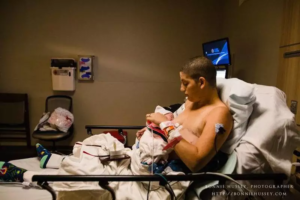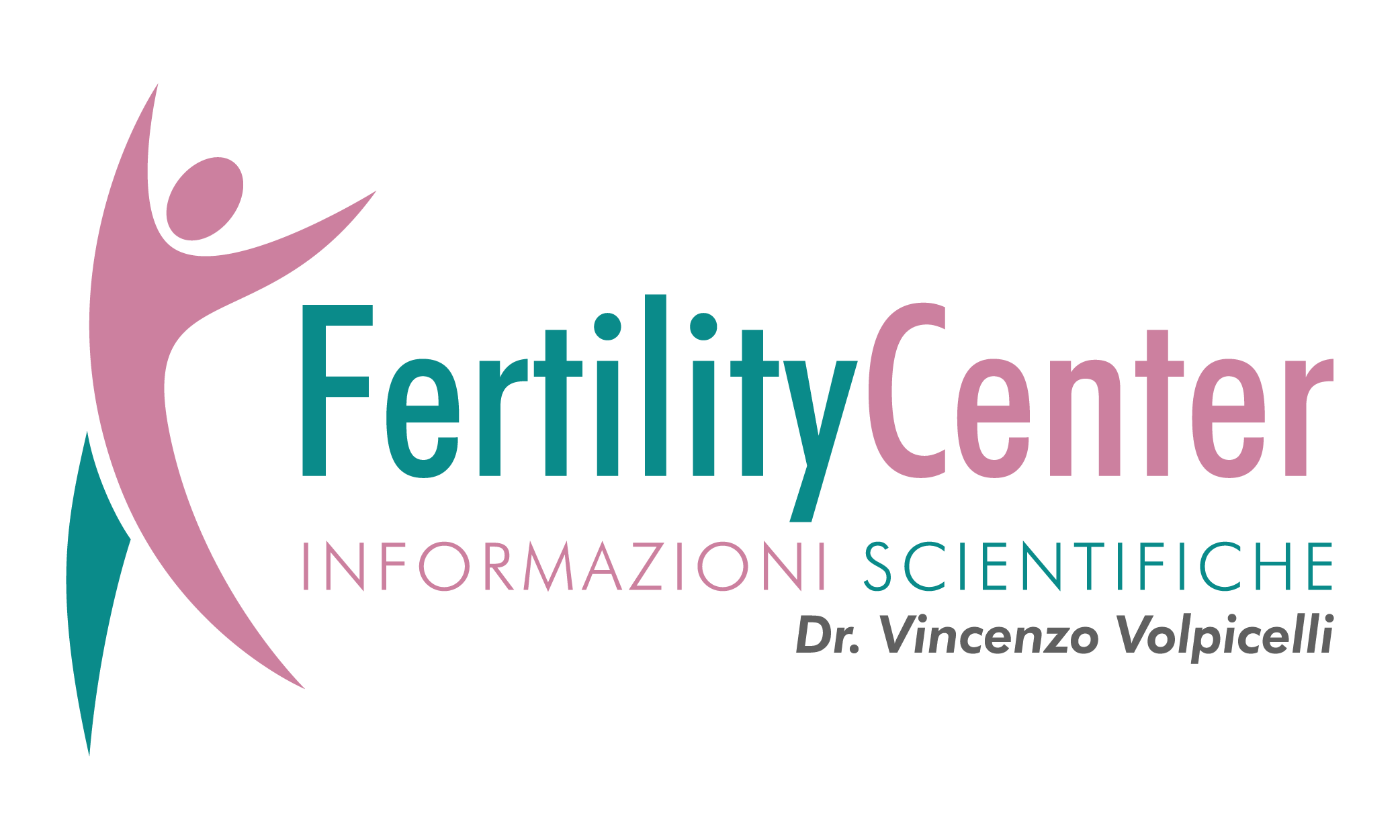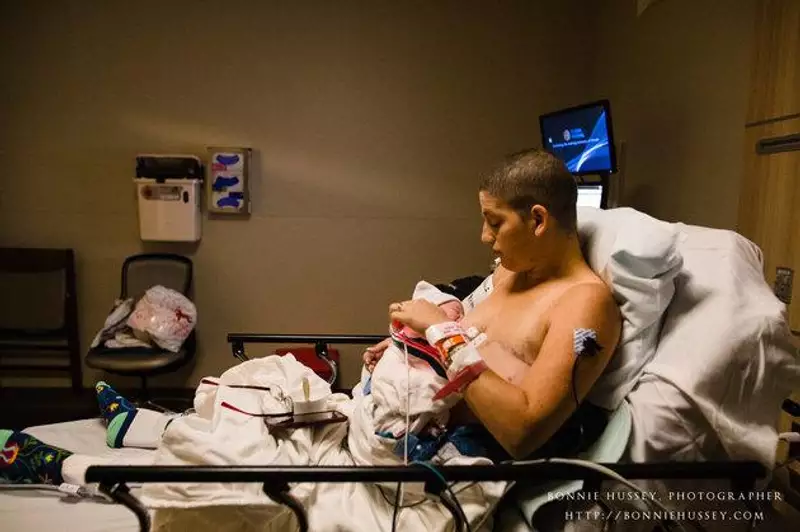L’insorgenza di un carcinoma mammario durante la gravidanza è un evento non comune (1-3% di tutti i tumori mammari), ma non trascurabile per una serie di considerazioni psicosociali, etiche, religiose e anche legali, nonché l’approccio multidisciplinare richiesto per il management della patologia (1-3).
Diagnosi
Durante la gravidanza si verificano condizioni che ritardano la diagnosi e favoriscono le diffusione  della malattia. Naturalmente il ginecologo è più portato a valutare lo stato di salute generale della gravida e del feto piuttosto che a ricercare l’insorgenza di una patologia mammaria la cui diagnosi è resa difficile anche dall’aumento di volume e di consistenza delle mammelle. Dall’altro lato, la mammografia – sebbene non sia controindicata poiché la quantità di radiazioni a cui viene esposto il feto è trascurabile – risulta di difficile interpretazione per l’aumento della densità del parenchima ghiandolare. L’ecografia può fornire informazioni più precise sulla struttura del nodulo, ma è obbligatorio, in questi casi, fare subito anche un agoaspirato ed eventualmente una biopsia, per una diagnosi precisa (4-7).
della malattia. Naturalmente il ginecologo è più portato a valutare lo stato di salute generale della gravida e del feto piuttosto che a ricercare l’insorgenza di una patologia mammaria la cui diagnosi è resa difficile anche dall’aumento di volume e di consistenza delle mammelle. Dall’altro lato, la mammografia – sebbene non sia controindicata poiché la quantità di radiazioni a cui viene esposto il feto è trascurabile – risulta di difficile interpretazione per l’aumento della densità del parenchima ghiandolare. L’ecografia può fornire informazioni più precise sulla struttura del nodulo, ma è obbligatorio, in questi casi, fare subito anche un agoaspirato ed eventualmente una biopsia, per una diagnosi precisa (4-7).
Prognosi
Le pazienti che sviluppano una neoplasia mammaria in gravidanza non hanno una prognosi peggiore rispetto alle non gravide di pari età e allo stesso stadio di malattia. In passato la prognosi sfavorevole del carcinoma mammario associato alla gravidanza era probabilmente da attribuiire a una combinazione di ritardo della diagnosi e a caratteristiche biologiche sfavorevoli del milieu ormonale della gravidanza. L’interruzione della gravidanza non ha un’influenza favorevole sulla sopravvivenza della paziente. L’IVG viene considerata solo nel caso in cui la prosecuzione della gravidanza comporti un ritardo significativo nella somministrazione della chemioterapia e della radioterapia, quando esse siano indicate, come ad esempio nel primo trimestre di gestazione (8-11).
Terapia
La necessità di un trattamento tempestivo presenta un dilemma clinico di notevole entità in quanto vi è sempre un conflitto tra una terapia materna ottimale e i conseguenti rischi sul benessere fetale.
La chirurgia non pone particolari rischi per il feto, ed il secondo trimestre è considerato il periodo più favorevole per l’intervento, sebbene anche nel primo trimestre il rischio di aborto o di danni fetali dovuti all’anestesia sia decisamente modesto. Nelle forme iniziali, il trattamento chirurgico va attuato tempestivamente e può essere rinviato dopo il parto solo se si è vicino al termine fisiologico della gravidanza. La tecnica mggiormente utilizzata è la mastectomia radicale con linfadenectomia poichè molto spesso si ritrova una positività linfonodale (31-40).
La radioterapia sulla mammella o sulla parete toracica, non può essere eseguita in gravidanza, per i rischi fetali collegati alle radiazioni, tra cui morte fetale, malformationi, ritardo mentale, patologie ematologiche e insorgenza di tumori infantili (12-21)
Anche la chemioterapia non può essere praticata perchè associata ad un aumento del rischio di malformazioni fetali, parto prematuro e difetti di crescita (22-30).
La terapia ormonale è anch’essa controindicata in gravidanza a causa di rischio di mascolinizzazione del feto di sesso femminile e comunque in gravidanza non si ritrova un grande ricchezza di recettori ormonali (31-43).
Nelle pazienti con linfonodi ascellari positivi, che necessitano di chemioterapia, si consiglia l’interruzione della gravidanza nelle forme diagnosticate nei primi tre mesi, mentre la chemioterapia può essere eseguita nel corso del secondo e soprattutto del terzo trimestre con chemioterapia combinata composta da 5-fluorouracile, doxorubicina e ciclofosfamide (FAC) (44-53).
Una chirurgia conservativa con induzione anticipata del parto e radioterapia subito dopo l’intervento chirurgico, è possibile nel terzo trimestre, mentre più precocemente la mastectomia radicale è l’intervento di prima scelta (54-60)
Infine, la soppressione della montata lattea, non è associata ad un miglioramento della prognosi; tuttavia, essa deve essere praticata qualora si debba procedere ad un intervento chirurgico, per diminuire il volume e la vascolarizzazione della ghiandola, e qualora vengano somministrati farmaci chemioterapici che, passando attraverso il latte materno, possono essere nocivi per il neonato (61-72).
La gravidanza dopo il carcinoma mammario
Si raccomanda di lasciar trascorrere un intervallo di almeno due anni tra la diagnosi di neoplasia ed una nuova gravidanza, poiché il rischio di recidiva di tumore è alto in questo lasso di tempo. Nelle pazienti sottoposte a chirurgia conservativa esistono delle difficoltà di allattamento per i tumori localizzati intorno al capezzolo, ed almeno il 70-75% di esse non sono in grado di allattare dalla mammella operata. Successive gravidanze in pazienti giovani non sembravano influenzare negativamente la sopravvivenza (73-84).
References:


